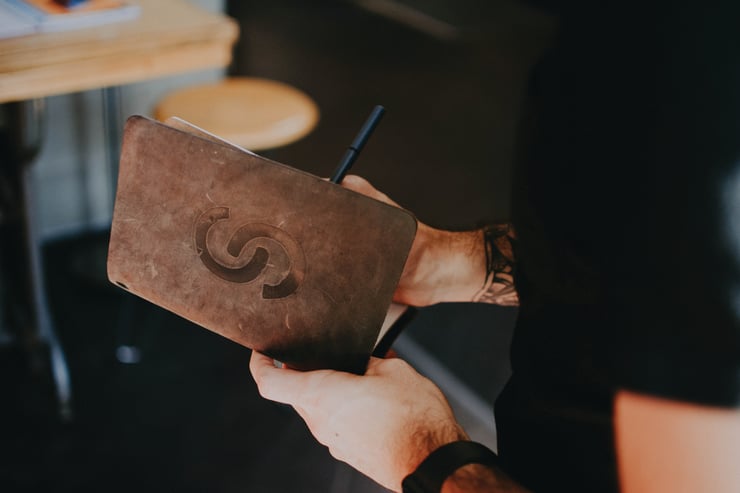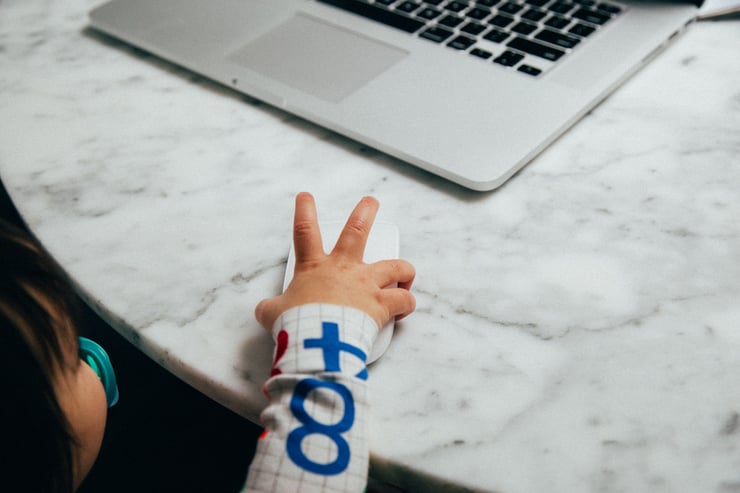On August 15, Better Call Saul aired its final episode, concluding a seven-year and six-season run as one of television’s most compelling and complex dramas. Over 2.7 million viewers tuned in for the finale, watching live and on AMC’s streaming service. Even now, the episode still ranks exceptionally high among audiences online.
But despite the finale meeting with near-universal approval, some levied a borderline taboo charge at the story’s conclusion: that it was predictable(Let’s take a moment to clutch our collective pearls, straighten our metaphorical bowtie, cover our dog’s ears, or whatever your preferred mode of expressing silent indignation is.)
And there’s some truth to that. Some people did predict the ending, and for those who (like me) binge-watched the preceding seasons, it was almost easy to have a sense of shaky foreknowledge, built up by the character arcs’ comic-tragic elegance and borderline poetic narrative structure.
Ratings show that the average viewer wasn’t bothered by this “predictability” and there are copious instances online of viewers saying the predictability actually enhanced their viewing experience. So what gives?
The answer lies in one of storytelling’s most fundamental dirty little secrets — and doubles as a powerful lesson for higher ed marketers.
Being authentic is more important than being unexpected or exciting.
It’s easy to treat authenticity like a buzzword because almost anything can be a buzzword in the right context.
But the integrity of a brand — or the telling of a story — relies on output that is consistent in characterization relative to the audience.
Chuck McGill says that he loves his brother Jimmy, and then he undermines Jimmy’s career. On the face of it, that’s an inconsistency in behavior. But it’s actually consistent in characterization relative to the audience who possesses beyond-the-fourth-wall insight into his mental processes.
Likewise, a university can champion diversity in their ad placements, but if the actual experiences of students on campus don’t support, or outright contradict, a dedication to equity, that’s an inconsistency in characterization relative to the audience.
Brands are, ultimately, stories in infinite dimensions, with every product a little different in the eye of the beholder. Everyone sees something a little different in Better Call Saul, because everyone’s coming from a different perspective — but it’s the fundamental consistency of the characters, even and especially in their flaws, that keeps our eyes fixed and our minds engaged.
And higher ed marketing is exactly the same.
Sure, a bright neon green billboard will catch eyes. But if the University of the Old World Lookalikes would never use neon green, it’ll just feel fake and damage brand affinity. Inconsistent experiences are inauthentic experiences, and without a sense of consistency and reliability in the narrative, our work can’t have true resonance for the audience. By telling stories that are true to the brand — not just in terms of cold hard stats, but look and feel and rhythm — we’re creating experiences that can stir imagination, spark ambitions, and fuel passions.
Telling a good story, even if the outcome is familiar, is more important than telling a new story. Our work, however ephemeral it can be, can mould ideas and inspire revolutions if we’re brave enough to do it.
__
Rachel tells stories for higher ed clients across a project’s lifespan, ranging from initial high-level creative concepts and messaging to physical and digital brand executions. In a prior life, she lurked in the world of higher ed as a graduate philologist and will still happily talk about Greek poetry and the pitfalls of JSTOR to this day. Rachel now resides in Indiana with her husband and cats.











